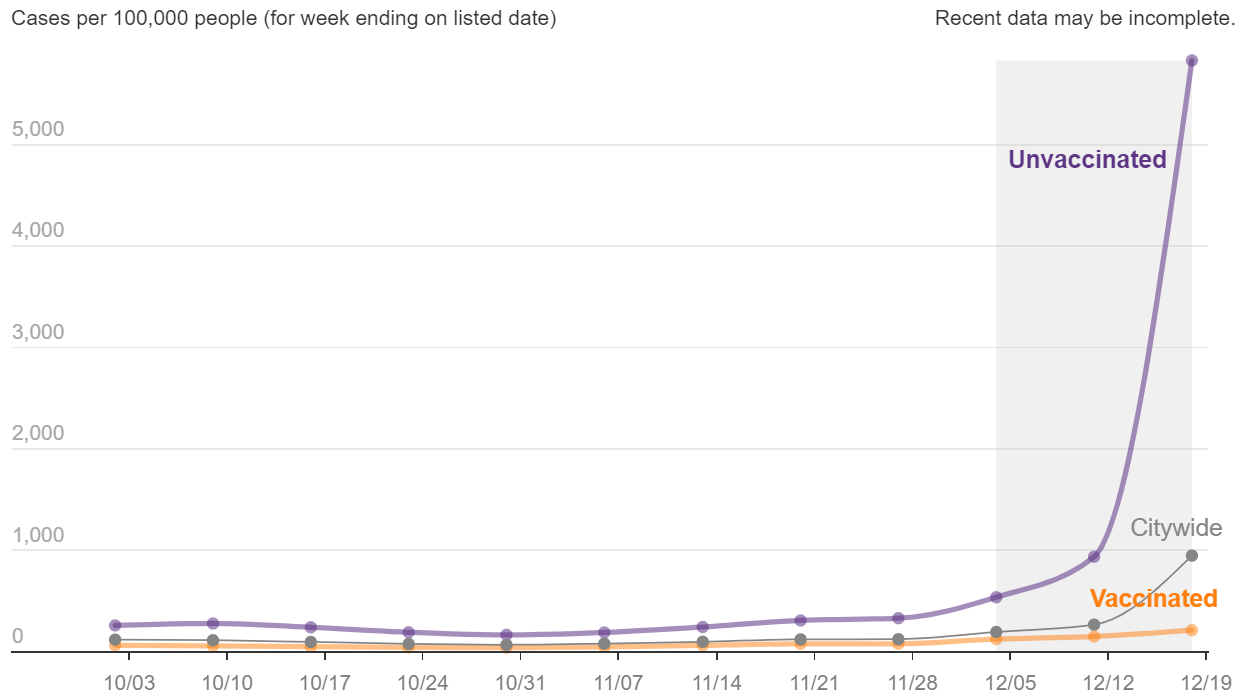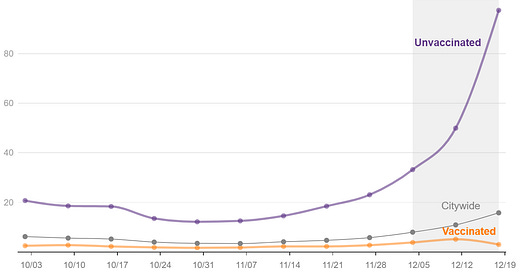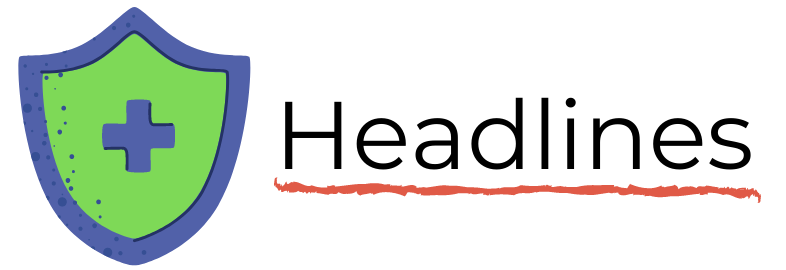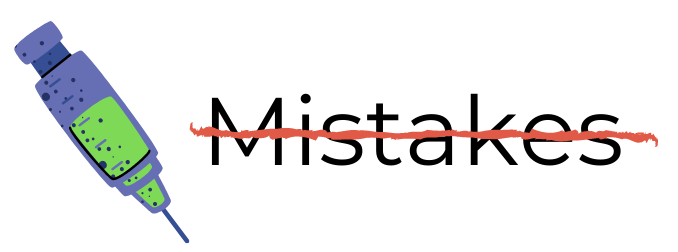COVID Transmissions for 12-31-2021
NYC data shed light on vaccination vs Omicron; Corbevax approved in India
Greetings from an undisclosed location in my apartment. Welcome to COVID Transmissions.
It has been 745 days since the first documented human case of COVID-19. It has been 9 days since I became a human case of COVID-19, and I have now tested negative (as of yesterday). My symptoms are essentially resolved. My resolution of symptoms and negative test came on the two-year anniversary of the first reports of an unknown pneumonia in Wuhan, China:
Today I want to share with you some details and opinion around a new, extremely inexpensive vaccine called Corbevax that was developed partly at the Texas Children’s Hospital. I also want to show you how, in particular, vaccinated and unvaccinated hospitalization rates in New York City compare to each other as the first impacts of the Omicron variant are reflected in the data.
I think for those of you who are vaccinated that last bit will be very reassuring as you go into the weekend.
Still, the situation in various places around the world, and in my corner of the US in particular, is very dire. Please have a wonderful New Year’s Eve, but if you’re in a place where things are out of hand, stay in and stay with your household. It’s important, friends.
Have a great weekend. I’ll write you again in 2022.
Bolded terms are linked to the running newsletter glossary.
Keep COVID Transmissions growing by sharing it! Share the newsletter, not the virus. I rely on you to help spread good information, which you can do with this button:
Now, let’s talk COVID.
Corbevax, a patent-free vaccine that can be shipped at room temperature, is now approved in India
There is a new vaccine available! And it is completely off-patent and available to the world. For now, it is approved on the basis of Phase 3 clinical data that are not yet publicly available.
Corbevax is a recombinant protein vaccine targeting the SARS-CoV-2 spike protein, which is given in 2 doses, but I have found conflicting information about the dosing schedule. One source suggests that it is given 28 days apart, but I found press releases suggesting that a second dose is given at 6 months. Since it has been developed on a shoestring by academics and a small company, I am not surprised some details are hard to find.
It was developed at a cost of $7 million dollars by a team at Texas Children’s Hospital led by Dr. Maria Elena Botazzi and Dr. Peter Hotez, longtime close collaborators. It underwent clinical development in partnership with an Indian company called Biological E, based in Hyderabad.
The vaccine can be stored at normal refrigerator temperatures. It costs $2.50 per dose.
The approval was based on clinical trials involving around 3000 patients, comparing Corbevax to Covishield, also known as the AstraZeneca vaccine. In these trials, the level of neutralizing antibodies elicited by the vaccine were used as a correlate of protection. The data are not yet publicly available, but there is a press release from Texas Children’s Hospital that summarizes: https://www.texaschildrens.org/texas-children%E2%80%99s-hospital-and-baylor-college-medicine-covid-19-vaccine-technology-secures-emergency
I’m not going to discuss this results summary here because it isn’t actually data. However, I have no reason to doubt that the data exist. I just want to see them sometime.
This vaccine sounds incredible, and is in the tradition of Dr. Jonas Salk’s polio vaccine. When asked why he didn’t patent the vaccine, Salk asked, “Could you patent the sun?” His meaning, of course, is that this is a shared good for all of humanity. Dr. Hotez and Dr. Botazzi seem to have adopted the same attitude here.
The development approach here, with the data not yet released, is not without its critics, whose views are expressed in this Washington Post article: https://www.washingtonpost.com/world/2021/12/30/corbevax-texas-childrens-covid-vaccine/
Let’s consider the possibilities, however. This vaccine is probably able to prevent hospitalization and death, to a significant degree, from all circulating variants of COVID-19. To buy enough doses to vaccinate the remaining ~4 billion unvaccinated people on Earth with it would require about $8.5 billion dollars, which is less than the entire $10 bn budget of the Operation Warp Speed US vaccine development project, which didn’t cover all the manufacturing costs for the vaccines it developed. If the US decided to buy the doses as a foreign aid project, Elon Musk’s 2021 tax bill of $11 billion could finance the whole thing with $2.5 billion over for school books, ice cream cones, or fighter aircraft—whatever the government wants, I guess. This vaccine is a bargain; the bigger cost of deploying it might be actually getting it to the people and administering it…which would also be lower than for some other vaccines due to the relatively easier storage and shipping conditions.
The saved impacts on human life from the disease prevented would be far beyond this per-dose cost in both tangible and intangible terms. Sometimes talking about human impacts in raw economic productivity is considered cold, but at the end of the day we are talking about possibly trillions of dollars in impacts that the deployment of a vaccine like this could save. And that’s the tangible impact. I can’t put a dollar amount on what it means for your family members to stay out of the hospital and to stay alive.
While I am concerned about the Omicron variant, which this vaccine does not specifically target, we need to consider that this product could develop an immunological foundation for the protection of billions of people against that variant and future variants that might evolve from it. To be able to prevent even mild illness in everyone would be incredible, but to get protection against severe disease out there for billions of people—and of course any potential prevention of Long COVID that vaccines may instill—would also remarkable. A tool like this could be the intervention that could turn SARS-CoV-2 into a pathogen that is much more like seasonal influenza than it is now, or even like something milder.
On the other hand…I want to see all the data. As usual.
It’s better to be vaccinated: New York City data begin to show Omicron-dominated hospitalization rate in the vaccinated vs the unvaccinated
New York City maintains a database of hospitalization and death records that compare rates of these events in vaccinated vs unvaccinated New Yorkers. This database lags relative to current data by a week or two, because it is relatively complex data to collect. That means the database is now incorporating data from the early period of the dominance of the Omicron variant in NYC. In what I’m about to show you, the data are still being tabulated so these aren’t the final numbers, but the difference between vaccinated and unvaccinated people is so stark that I don’t think it will meaningfully change.
Here are the data for overall cases per 100,000 through 12/181:

Let’s look at hospitalizations:2

Here are deaths, which will certainly not reflect much to do with Omicron at all yet, but are shown for completeness:

I want to point out that a lot of the “vaccinated” here are not boosted vaccinees. This is a mixed population. Still, there is a striking effect. As the rates of cases and hospitalizations among the unvaccinated starts to increase exponentially, these rates among the vaccinated don’t change nearly as extremely, indicating seriously good protection from both infection and hospitalization even as Omicron began to dominate. Those hospitalizations matter, because most deaths are going to originate as hospitalizations at first. At least, until the healthcare system becomes completely overwhelmed. Let’s hope we can still avoid that.
At any rate, the data here have left me feeling very good about the prospects of vaccination to protect people from serious outcomes with Omicron. And looking at the overall trend, these display in clear relief that vaccines prevent infection, hospitalization, and death. As expected, prevention of infection is less of an effect with Omicron becoming more dominant, but there is still a clear effect.
As for hospitalization and death, the preventive, lifesaving effect of vaccination is quite obvious here. As it is in many data sources.
What am I doing to cope with the pandemic? This:
Wrapping up my COVID-19 case
Yesterday I tested negative for the first time since my positive test. All tests are by rapid antigen, because I am still waiting for my PCR result. Have a look at where I tweeted a full series of tests:


I also want to point out here how these tests served to prevent the propagation of this infection. I had tested every day I was at Worldcon, and had intended to test for 5 days following my return, plus a PCR on the 5th day. On the 3rd day, I tested positive by a rapid antigen test. A rapid antigen test is ~97% sensitive to detect a contagious infection, though of course it tests only one moment in time, so when you get that positive, you should assume you have been contagious for the entire period since you took your last test.
When I first tested positive, it was 24 hours since my last test. My infant daughter was in my home. She might have had a full day of exposure to me—and my wife, who turned positive the same day. Still, figuring that more exposure is worse than less, we sent her off to her grandparents, with whom we’d had contact the day before our positive tests.3 That decision paid off. On Saturday, she was given a rapid antigen test at her pediatrician’s office, and a PCR. Both were negative. Her grandparents’ PCRs and rapid antigen tests have also been negative. Our positive rapid antigen tests averted a situation where a cluster of 2 infections could have become a cluster of 5 infections. The additional 3 would have been two “older” people with some risk factors, and an infant. Rapid antigen testing and appropriate use of isolation and social distancing prevented more than 50% of the possible cases that could have happened here. Something to think about—especially if you know a politician who can improve US public access to rapid testing. If we could eliminate more than 50% of cases in every cluster, we’d barely be talking about COVID-19.
Anyway, having resolved my COVID-19 case, with only a mild disease course thanks to vaccination, I now expect that I have a fantastic IgA antibody response in my mucosa. These IgA antibodies, produced specifically to repel infection in respiratory and other mucosal surfaces, will mean that for quite some time, SARS-CoV-2 is very likely to just bounce right off me. I’m glad I got the vaccine before I got the virus. That’s the order in which you want this to happen.
As I have gone through this case, I think often of a friend of mine who died on his own in his NYC apartment of COVID-19, in the summer of 2020. He was nearly my age. His risk factors were not too different from my own. He died before he was able to get to a doctor. More than a year later, as a vaccinated person, I survived. I am incredibly grateful to have avoided infection long enough to be vaccinated.
Almost everyone in the world will get COVID-19 eventually. You have the opportunity to prepare the battlefield and fight it on your own terms with vaccination. The choice is between that, or being unprotected, when the battle comes. I’m very glad I chose to significantly bias the odds in my favor through my choices.
There are now over 400 of you, and that means I’m getting a lot of comments. Since Gmail imposes a length limitation on email newsletters, and many of you use Gmail, I will have to curate this section a bit going forward. There was some great discussion in the comments on the last issue about the CDC guidelines, indoor transmission risks, and more. I encourage you to go back and check it.
I do want to share one comment, from IdahoFred:
So do you believe the vaccines work?
Yes. What I believe, however, is not as important as the facts. In fact, I don’t just believe it. I know they work, because it has been shown in the real, hard data from every vaccinated community everywhere in the world. In today’s issue I shared data from New York City that clearly demonstrate the benefits offered by COVID-19 vaccination. These data are just an example, because such data exist for literally thousands of municipalities. There is no reasonable doubt that the vaccines prevent hospitalization and death from COVID-19, and it is quite clear at this point that that protective effect also applies to the Omicron variant.
I don’t take this question as a challenge, but at the same time I wanted you all to see how I answer it. It is reasonable for a person to ask whether vaccines work or not, and that person should expect strong, robust data in response.4 The other part of the contract is that the asker of a reasonable question should give a fair and honest hearing to the answer. Thankfully, those expected data exist and they make it clear what the answer is: Yes, the vaccines work.
You might have some questions or comments! Join the conversation, and what you say will impact what I talk about in the next issue. You can also email me if you have a comment that you don’t want to share with the whole group.
Part of science is identifying and correcting errors. If you find a mistake, please tell me about it.
Though I can’t correct the emailed version after it has been sent, I do update the online post of the newsletter every time a mistake is brought to my attention.
No corrections since last issue.
See you all next time. And don’t forget to share the newsletter if you liked it.
Always,
JS
With case data, please keep in mind these are underestimates because of testing backlog and people testing at home, which goes uncaptured. Home-tested folks may be more likely to be vaccinated, but the difference is so extreme here that I doubt it makes up the gap between vaccinated and unvaccinated.
The real representation of Omicron here will start to come in future datasets; there must be some here, but we know there were a lot more hospitalizations this week than last so expect to see something potentially even more striking next week.
There is a triaging of risk that we did here. Someone needed to take care of our baby. We were sick, and they weren’t. They were possibly exposed and she was possibly exposed, but we were both definitely positive. It is better to quarantine the possibly exposed away from the definitively positive, so that’s what we did.
Data are not always the best way to convince someone to vaccinate, for what it is worth. However, in this instance, in the public square, data are what I lead my argument with. Emotional appeals demonstrating the human tragedies that vaccines prevent tend to be more compelling in individual conversations with anti-vaxxers, but I do not assume someone is a hardcore anti-vaxxer from a simple, reasonably-phrased question. People have doubts. Doubts are OK to have—but when the answer is given, it has to be given a fair hearing by the asker.










I encountered yesterday someone who said omicron is “just a cold” and “people aren’t dying from it.” When I brought up hospitalization rates and death of vacc vs unvacc ppl I got the line about complications and other underlying health problems that caused the death meaning that the deaths were misrepresented as caused by COVID. This is that old argument of course, and in conversation I didn’t have the numbers at my mental fingertips. Very frustrating. And then there is another discussion I have been having with a family member about getting their 3 children ages 8, 6 and 6 to be vaccinated. The fact that they are on the “low end” of acceptable ages has been that argument. I tried to say that the issue with the under 5 group was vaccine response not side effects but that didn’t help the discussion. Thank you for your insights. I often use your arguments when dealing with the nay sayers in my sphere. Sigh.
It may seem like a small detail: the antigenic target isn't the spike, it's the regional binding domain (that is unique). Will it have the same efficacy as spike-based vaccines when used at commercial scale?